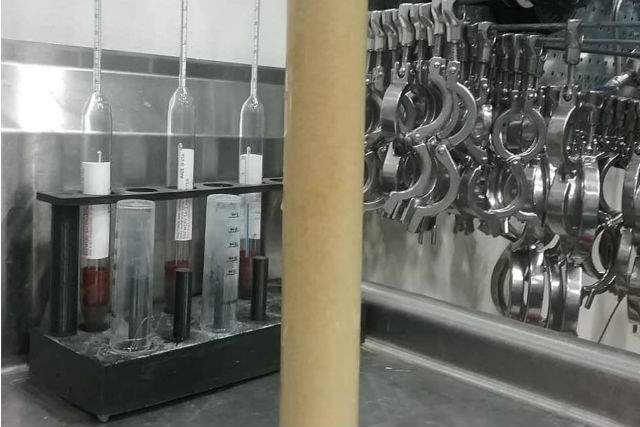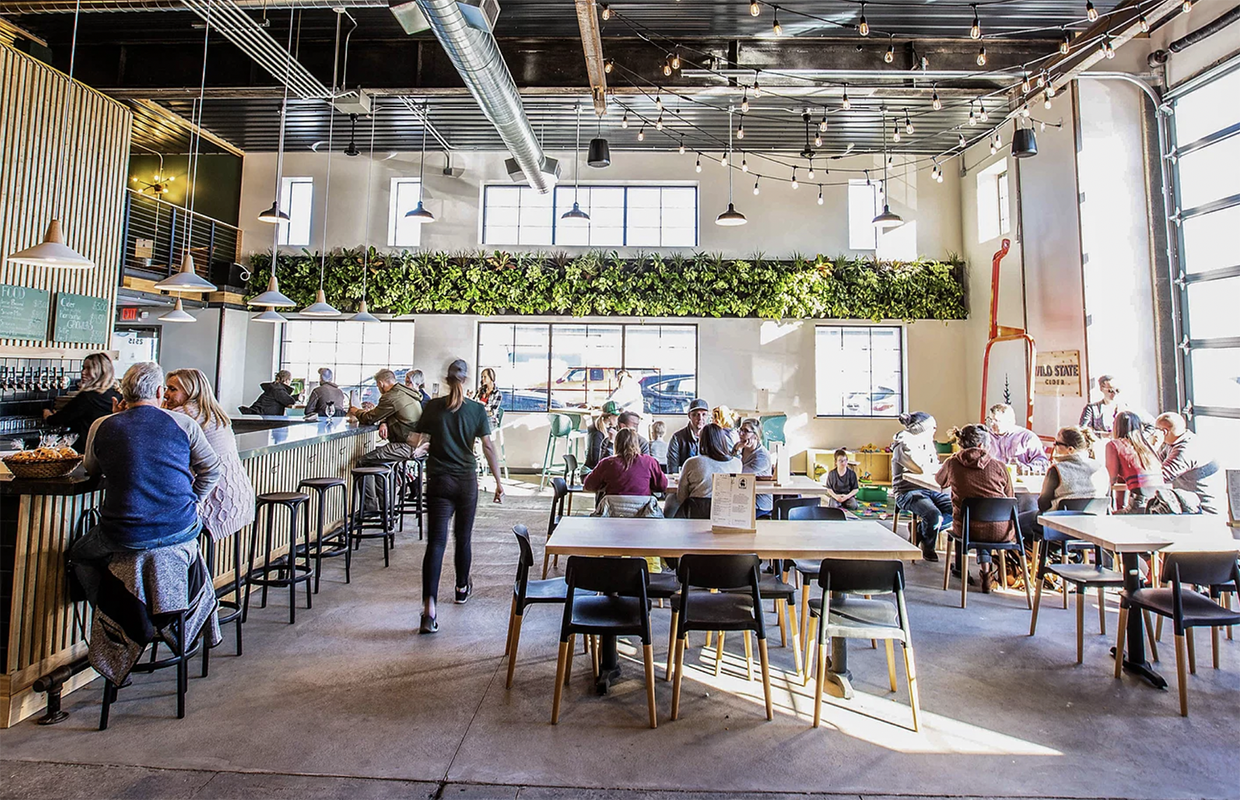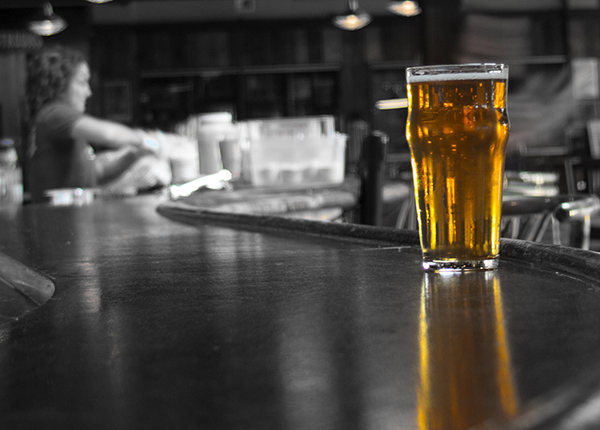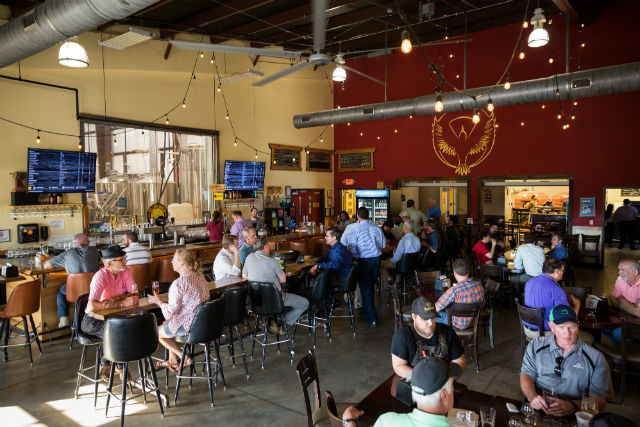
Homemade inventions or small gadgets, there are always little things brewers look to have to help around the brewhouse to improve workflow, help manage time better or improve the liquid.
Brian Burton is the co-founder, owner and brewer for Hop & Sting The Texas brewery recently purchased the Grapevine Craft Brewery name and moved into the brewery’s facility.
So it was nothing Burton bought on purpose, but GCB had bought kegging FOBs. Little did he know how useful they have been.
“They are from GW Kent and they allow you to fill kegs without having to really monitor the fill,” he explained. “The FOBs keep a steady flow and shut off when the kegs are full. They are amazing. I get to multitask, and there is almost no wasted beer when kegs are being filled.”
Hop & Sting also just purchased a 3D printer so they can make tap handles primarily, but Burton noted that they have used them to print hydrometer stands, parts for the canning line, and more.
Angel City purchased a barrel steamer not too long ago that steams the inside of oak barrels.
“It means we can use our barrels a few more times knowing that we have sterilized them and we don’t have to worry about them having some unwanted bacteria from the previous beer,” explained head brewery Layton Cutler.
The most indispensable piece of equipment that has drastically improved product quality and consistency at Barrelhouse Brewing is a dissolved oxygen (DO) meter.
“The meter we use is a Milwaukee MW600,” said Brewmaster George Numair. “It only runs about $170, but to me, it’s priceless.
“We have found that depending on what fermenter we are cooling into, we were seeing varying amounts of DO getting locked into solution since the farther the wort has to travel, the more gets absorbed. This lead to fears of a stalled fermentation if we had too little DO upon pitching or a fermentation going too fast if we had too much, which could lead to slightly sharp and/or acidic flavors as well as a hotter alcohol aroma.
“The DO meter helps to ensure we’re hitting our target, so we can nail our flavor profile, which makes for delicious beer and happy customers.”
Burton said a strapping kit that is a great tool that Hop & Sting has as well.
“Too many brewers will haphazardly wrap partial pallets with shrink wrap if they have partial pallets of cans after a canning run,” he said. “Too often the empty cans shift, spill, and get damaged. The strapping kit allow us to secure the partial stacks of cans just as they were when they left the factory. No damage, no spills.”
One piece of equipment that Burton didn’t buy for Hop & Sting has been really useful for him.
“I have a bent piece of all-thread,” he said. “I use it to drag pallets of cans around or to hook things that I cannot reach with my hand.”
Cutler said a similar “life-hack” is at Angel City. The brewery has some large and long horizontal lagering tanks that are unsafe to climb in and sometimes they use them for conditioning beer with special ingredients and/or spices.
The ingredients go into mesh bags and sit in the tanks with beer for a few days to a week.
“Once we get the beer out of the tank, the bags stay in and can be challenging to get out, so one of our brewers found a very long piece of copper piping with a bend at the end that he uses to get the bags out of the tank,” Cutler said. “It works great!”




1 Trackback / Pingback